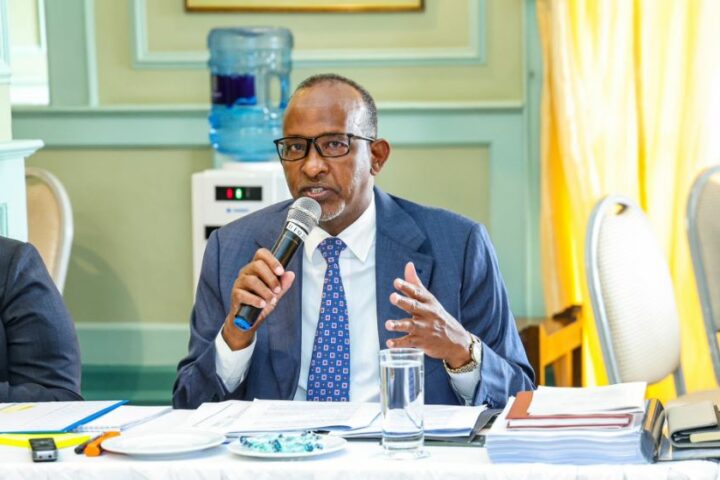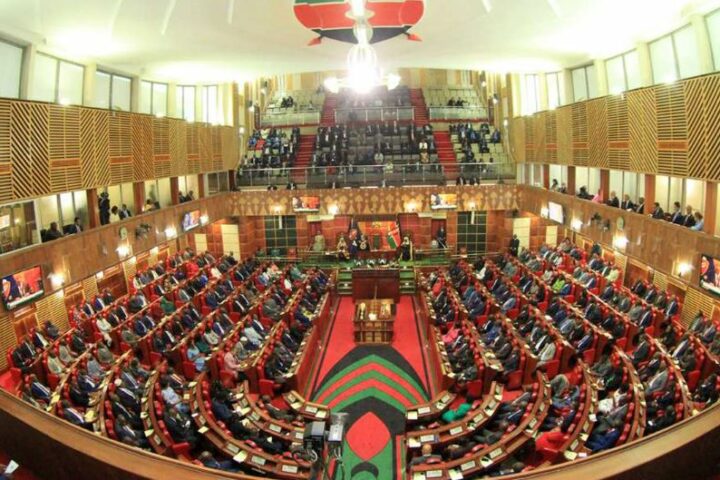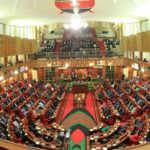 Kenya is on track to establish its first nuclear power plant by 2034, with the Nuclear Power and Energy Agency (Nupea) confirming that the country is now in the final phase of the project.
Kenya is on track to establish its first nuclear power plant by 2034, with the Nuclear Power and Energy Agency (Nupea) confirming that the country is now in the final phase of the project.
Winnie Ndumbai, Nupea’s Director of Strategy and Planning, shared this update during a session with the Senate Energy Committee, chaired by Nyeri Senator Wahome Wamatinga. Ndumbai informed the committee that the agency has made significant strides in nuclear development, bringing Kenya closer to realizing its nuclear power ambitions.
Dr. Ndumbai outlined the three key phases of preparing for nuclear power infrastructure: first, the consideration of a nuclear power program; second, preparatory work for contracting and constructing the plant; and finally, the actual implementation phase of the plant.
“The government has already committed to a nuclear program by conducting feasibility studies, building capacity, establishing a national nuclear regulator, and identifying the best sites for nuclear power plants,” said Ndumbai.
Currently, Kenya is in the second phase of the nuclear power program, which focuses on final preparations for the plant’s construction. Two potential sites for the plant have been identified in Kilifi and Kwale counties, with efforts ongoing to strengthen the country’s nuclear regulatory frameworks.
Ndumbai emphasized that the final phase, which involves constructing and commissioning the plant by 2034, will mark a major milestone for the nation.
Eric Ohaga, Nupea’s Director of Nuclear Energy Infrastructure Development, also highlighted the significant progress Kenya has made in building nuclear energy infrastructure over the past three years. In 2021, the International Atomic Energy Agency (IAEA) approved Kenya’s transition to phase two of the nuclear program.
“Initially, 29 potential sites were considered across the Lake Victoria region, Lake Turkana, and the Indian Ocean. However, detailed site characterization eliminated areas prone to volcanic activity and earthquakes, leaving Kwale and Kilifi counties as the most suitable locations,” Ohaga explained.
Ohaga also noted that detailed scientific studies will be conducted to ensure the selected sites meet all requirements. Additionally, he highlighted Kenya’s efforts to build capacity in the nuclear energy sector, with a goal of training at least 1,000 nuclear scientists by 2036 to help localize the design and construction of nuclear power plants.
Kenya is aiming to follow the example of South Africa, which operates two nuclear power plants and plans to add two more by 2029. Egypt is also working on establishing four nuclear plants by 2029, while Ghana and Nigeria are pursuing similar initiatives.
In East Africa, Ohaga pointed out that Rwanda, Tanzania, and Uganda are progressing in nuclear development but remain in phase one. He emphasized that nuclear energy provides a stable power supply, capable of running uninterrupted for up to two years.
“A nuclear power plant will address transmission losses in the coastal and western regions, which frequently experience power interruptions due to voltage drops and load shedding. It will also boost industrial development once operational,” Ohaga added.








